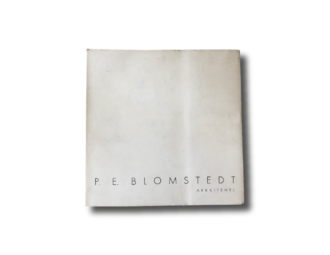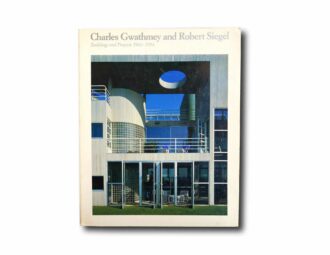James Stirling Buildings and Projects is a comprehensive monograph about the versatile career of the British architect James Stirling (1926–1992).
The book opens with a comprehensive introduction to Stirling’s life and career by Colin Rowe. The buildings and the projects are presented in a chronological order. The presentation starts with Stirling’s Thesis of 1950 and completes with the design for the Villa Lingotto in Turin in 1983. The buildings and the projects are explained with thorough project descriptions and displayed with an ample selection of photographs and architectural drawings.
Stirling has never professed to be anything more than an architect preoccupied with ‘the job’. Stirling has declined to assume any public role as either theorist or critic. He is careful to avoid involuted verbal formulae. He never talks about infrastructure, superstructure, syntactical structure, semantics or semiotics. He has no desire to utter extravagant pronouncements. He does not exhaust himself in pretentious manifestoes against the Positivist establishment. Instead, very privately – and to think about Voltaire’s Candide – he has chosen to cultivate his own garden. Unlike the majority of architects, he is a cultural conservative, concerned with the concrete, rather than a would-be innovator, concerned with the abstract.
— Colin Rowe, James Stirling: A Highly Personal and Very Disjointed Memoir. In: James Stirling Buildings and Projects, p. 27.
Our copy currently in stock is in good condition. The pages are clean, no markings. The covers show some signs of shelf wear and edge wear. The glueing of the binding is fine.
















